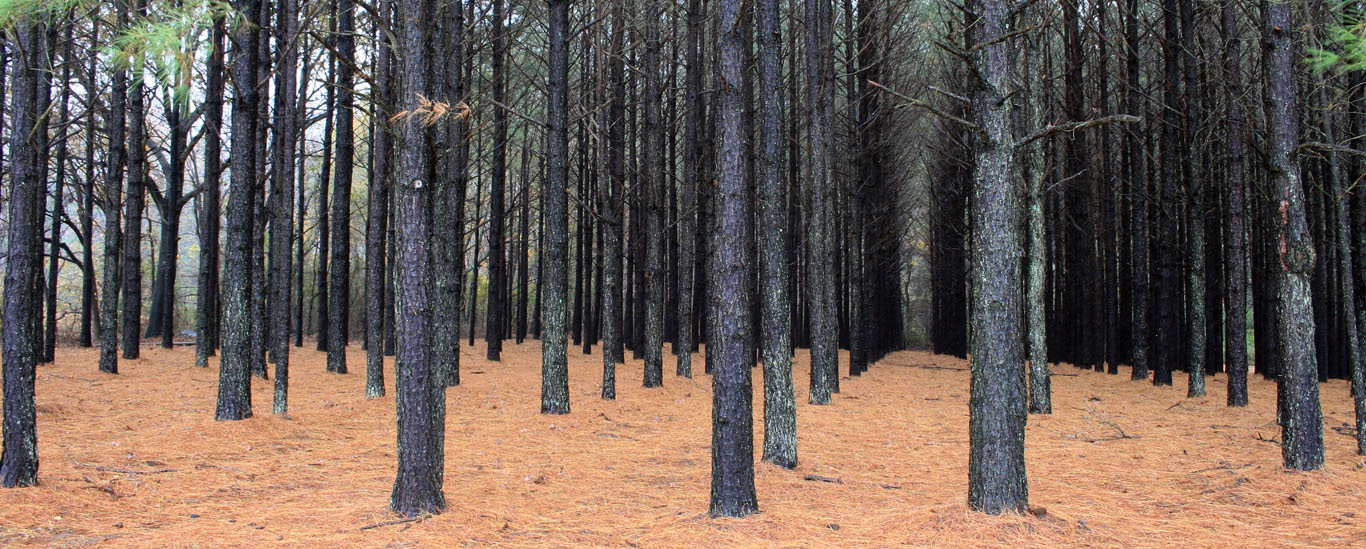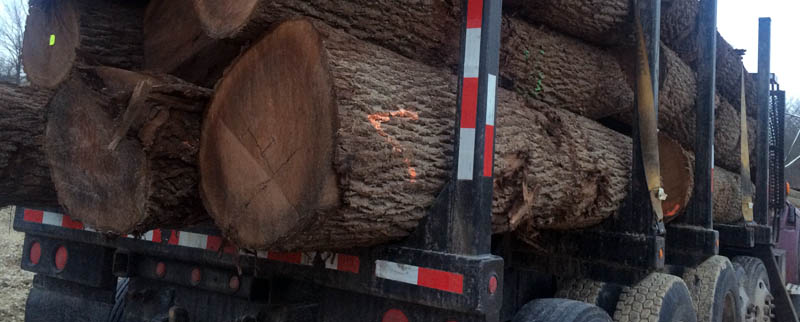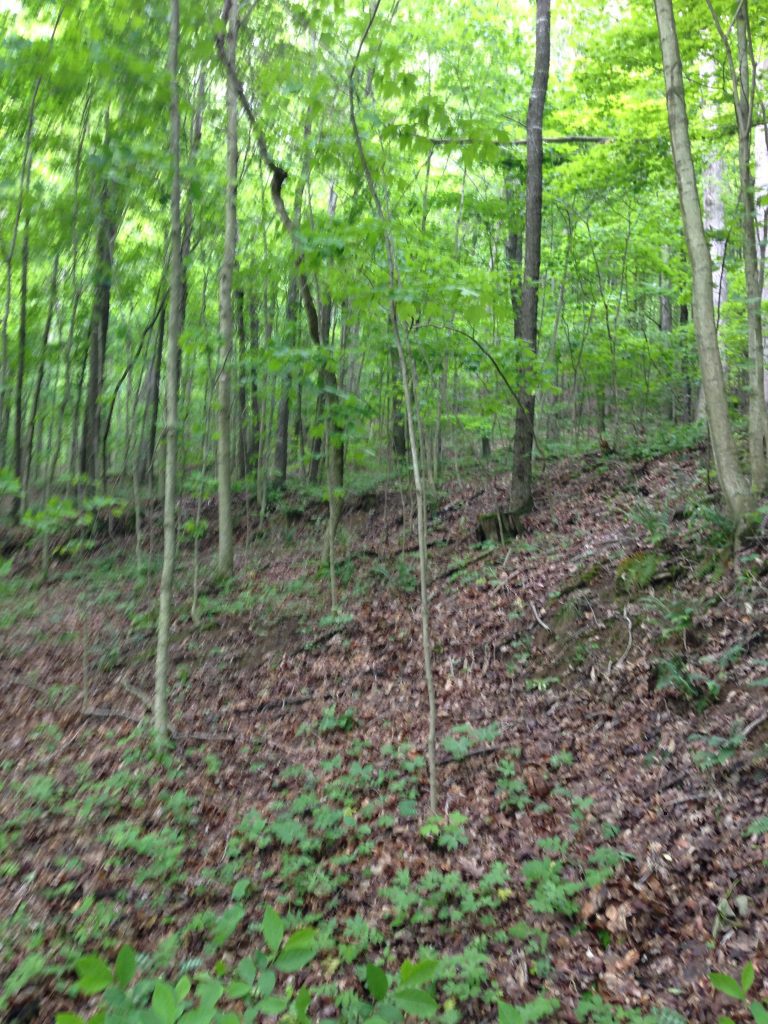Ohio Timber Works provides professional hardwood timber harvesting for private landowners across Ohio and the surrounding region. Our focus is mature hardwoods—Walnut, White Oak, Maple, Hickory, and other high-value species common in the Ohio Valley. We manage the entire process: valuation, selective harvest, trucking, cleanup, and optional reforestation support.
Every woodlot is different. Our goal is to help landowners understand the value of their timber, determine which trees are ready for harvest, and ensure the work is carried out safely and responsibly.
Two Ways Ohio Timber Works Works With Hardwood
Standing Hardwood Purchases (For Landowners)
Most private landowners work with us through a standing timber purchase. We evaluate mature hardwoods while they are still standing, provide a clear offer, and manage all harvesting, trucking, and cleanup. This is the traditional “sell my timber” pathway.
How Our Logging Process Works
If you’re ready to sell your timber in Ohio, we start by walking your woods, identifying the highest-value hardwoods, and giving you a straightforward offer based on current market demand.
1. Timber Assessment
We walk your woods with you, identify mature hardwoods ready for harvest, and estimate volumes using widely accepted Eastern U.S. hardwood log rules.
2. Clear Offer and Harvest Plan
You receive a written offer with the species list, expected volumes, and the planned harvest method. Every job is tailored to your property—steep ground, creek crossings, seasonal access, and habitat considerations all matter.
3. Professional Harvesting
We use controlled directional felling, low-impact skidding, and clearly marked trails to protect the surrounding stand. Mature trees are removed while younger and future-crop trees remain.
4. Sorting and Market Placement
After harvest, logs are sorted by species and grade. Some enter our own hardwood product stream, and others are sold through our log brokering network to mills or veneer buyers. This ensures each log is placed in its strongest market, helping landowners capture full value.
5. Cleanup and Stabilization
Brush is consolidated, landing areas are graded, and ruts are repaired. Landowners interested in habitat improvement or reforestation can add those services through Ohio Timber Works.

Reforestation Services
Improve, expand or change the composition of your timber.

Logging FAQ
Answers to the most common questions landowners have when considering choosing a logging company to harvest their standing timber.

Ohio Hardwood Harvest Trends
According to regional forestry reports, Ohio’s annual hardwood removals have remained stable over the past two decades, with selective harvests maintaining long-term forest growth and regeneration.
Selective harvest practices—like those used by Ohio Timber Works—align with this long-term stability, removing only mature, high-value stems while younger trees continue the growth cycle.
